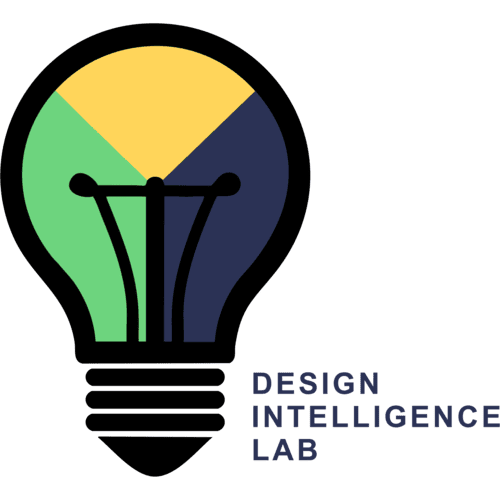Abstract
When a robot adapts a learned task for a novel environment, any changes to objects in the novel environment have an unknown effect on its task execution. For example, replacing an object in a pick-and-place task affects where the robot should target its actions, but does not necessarily affect the underlying action model. In contrast, replacing a tool that the robot will use to complete a task will effectively alter its end-effector pose with respect to the robot’s base coordinate system, and thus the robot’s motion must be replanned accordingly.
These examples highlight the relationship among (i) differences between the source and target environments, (ii) the level of abstraction at which a robot’s task model should be represented to enable transfer to the target environment, and (iii) the information needed to ground the abstracted task representation in the target environment. In this article, we present a taxonomy of transfer problems based on this relationship. We also describe a knowledge representation called the Tiered Task Abstraction (TTA) and demonstrate its applicability to a variety of transfer problems in the taxonomy. Our experimental results indicate a trade-off between the generality and data requirements of a task representation, and reinforce the need for multiple transfer methods that operate at different levels of abstraction.
